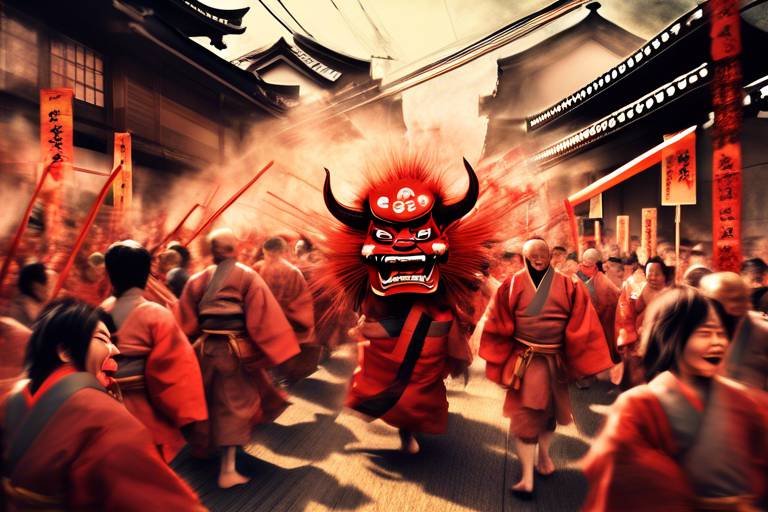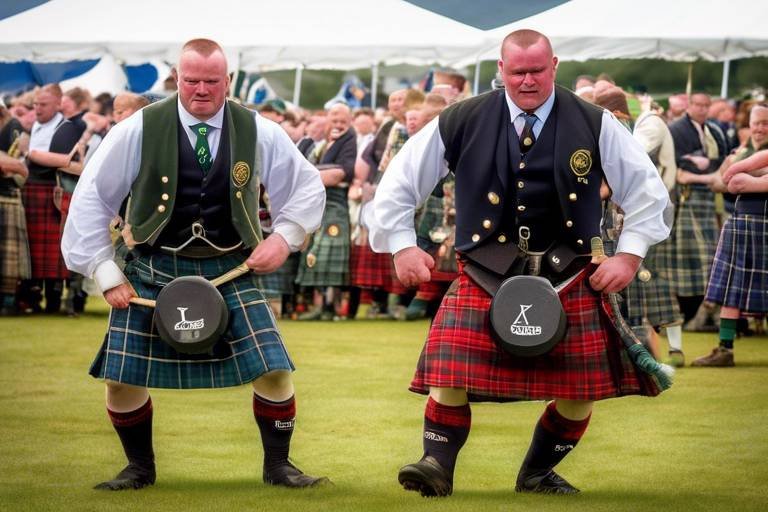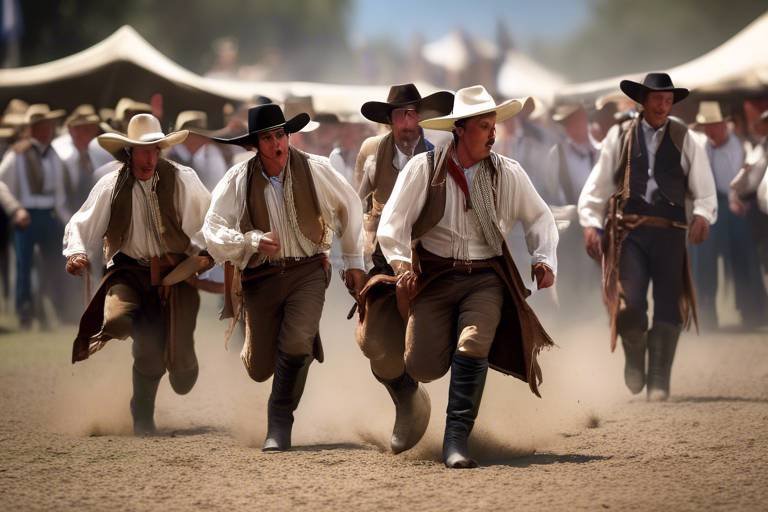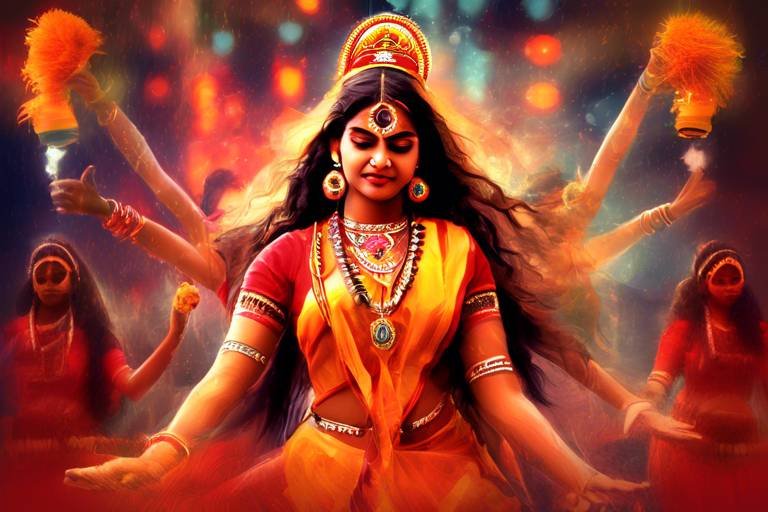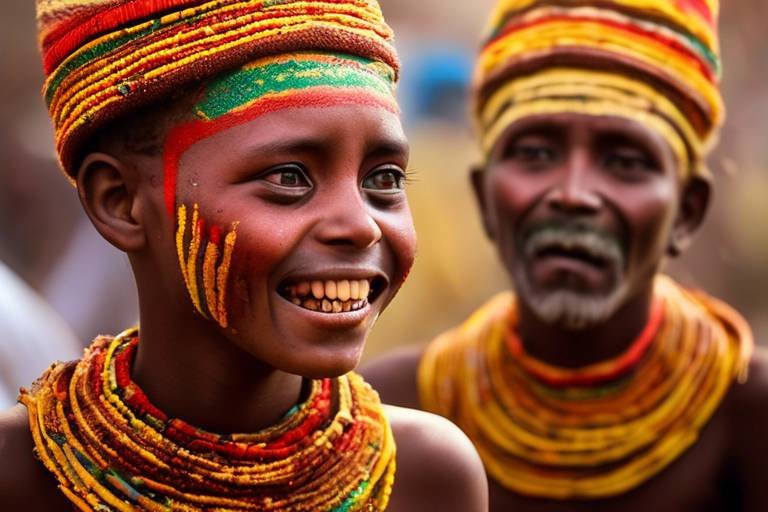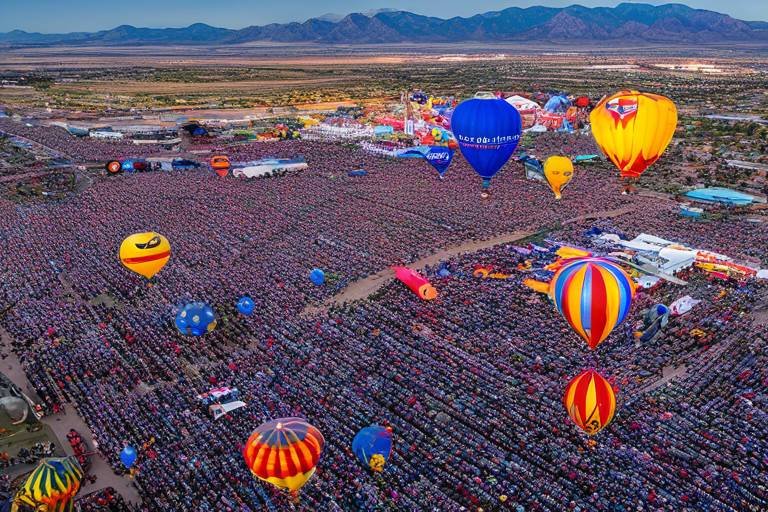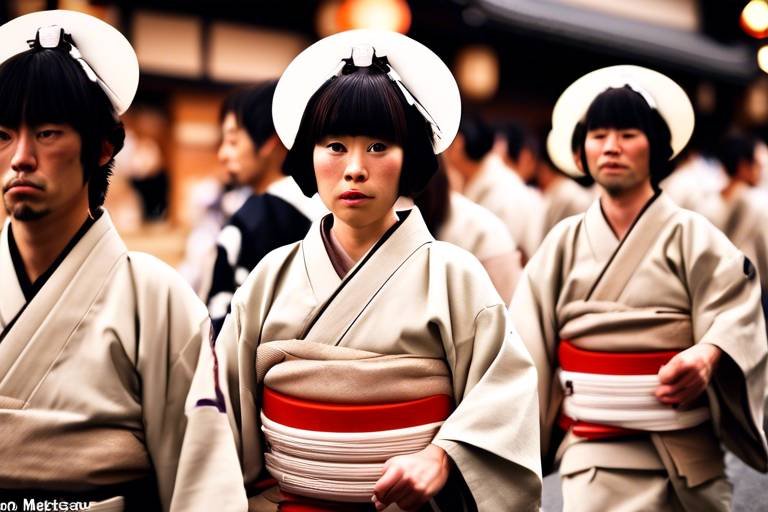The Unique Customs of Scotland's Hogmanay Festival
Scotland's Hogmanay Festival is a vibrant New Year celebration steeped in unique customs and traditions that have been cherished for generations. This lively event is a testament to Scotland's rich cultural heritage and the spirit of community that defines the country's festive season.
One of the most intriguing aspects of Hogmanay is its ancient origins, which can be traced back to pagan winter solstice celebrations. Influenced by Viking and Gaelic customs, this festival has evolved over time to become a truly unique and unforgettable experience for both locals and visitors alike.
One of the standout traditions of Hogmanay is the first-footing custom, where the first person to enter a home after midnight brings symbolic gifts for good luck and prosperity in the new year. This gesture symbolizes hospitality and goodwill, setting the tone for a year filled with blessings and abundance.
Fire festivals play a significant role in Hogmanay celebrations, with events like the torchlight procession in Edinburgh symbolizing the burning away of the old year's troubles. The mesmerizing display of flames and the sense of renewal it brings captivate spectators and set the stage for a fresh start.
For a truly unforgettable experience, witness the ancient Stonehaven Fireball Ceremony, where locals swing blazing fireballs above their heads to ward off evil spirits and welcome the new year. This dramatic spectacle is a testament to the resilience and spirit of the Scottish people.
Another quirky tradition that adds a touch of whimsy to Hogmanay is the Loony Dook Plunge, where brave participants don eccentric costumes and take a refreshing dip in the icy waters on New Year's Day. This lighthearted tradition embodies the spirit of fun and adventure that defines Hogmanay celebrations.
The Hogmanay Ceilidh dances are a highlight of the festival, offering a chance to join in traditional Scottish social gatherings filled with music, dancing, and revelry. These lively events bring communities together to celebrate the start of the new year in true Scottish style.
Delve into the ancient saining rituals of Hogmanay, where people perform traditional blessings and purification ceremonies to ward off evil spirits and invite good fortune for the year ahead. These age-old practices add a sense of mystique and reverence to the festive season.
Immerse yourself in the vibrant atmosphere of Hogmanay street parties held across Scotland, where music, fireworks, and joyous celebrations abound. These lively gatherings are a testament to the sense of unity and camaraderie that defines Hogmanay and the Scottish spirit.
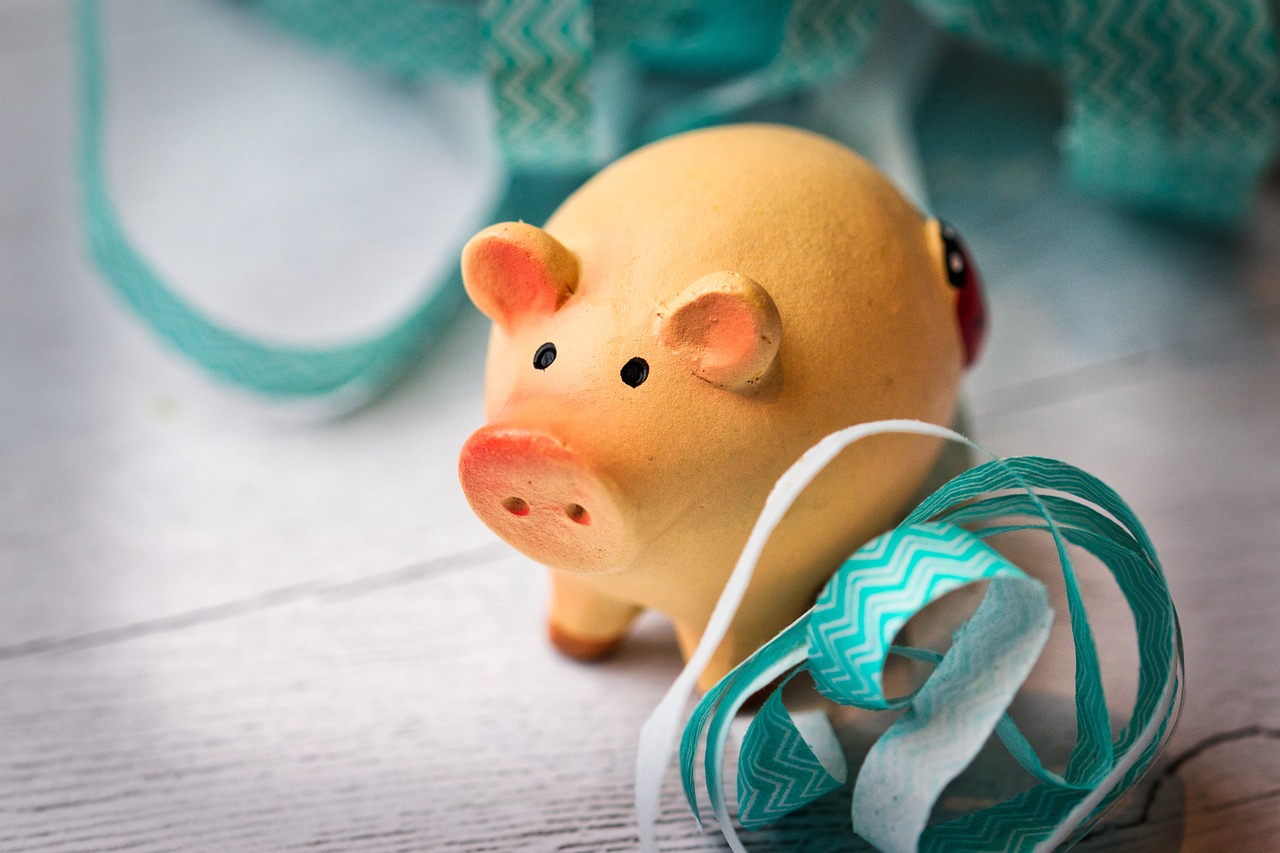
Ancient Origins
The of Scotland's Hogmanay Festival trace back to ancient pagan winter solstice celebrations that marked the transition into the new year. This vibrant festival has been influenced by a mix of Viking and Gaelic customs, creating a unique tapestry of traditions that define the Scottish New Year celebration.
Centuries ago, the winter solstice was a significant event, signaling the rebirth of the sun and the promise of longer days ahead. The roots of Hogmanay can be found in these ancient beliefs, where communities came together to banish the darkness of winter and welcome the light of a new beginning.
As the influence of Viking invaders and Gaelic settlers intertwined with local customs, the Hogmanay Festival evolved into a time of revelry and reflection, blending superstitions with merrymaking. The traditions associated with Hogmanay today are a testament to this rich tapestry of cultural influences.
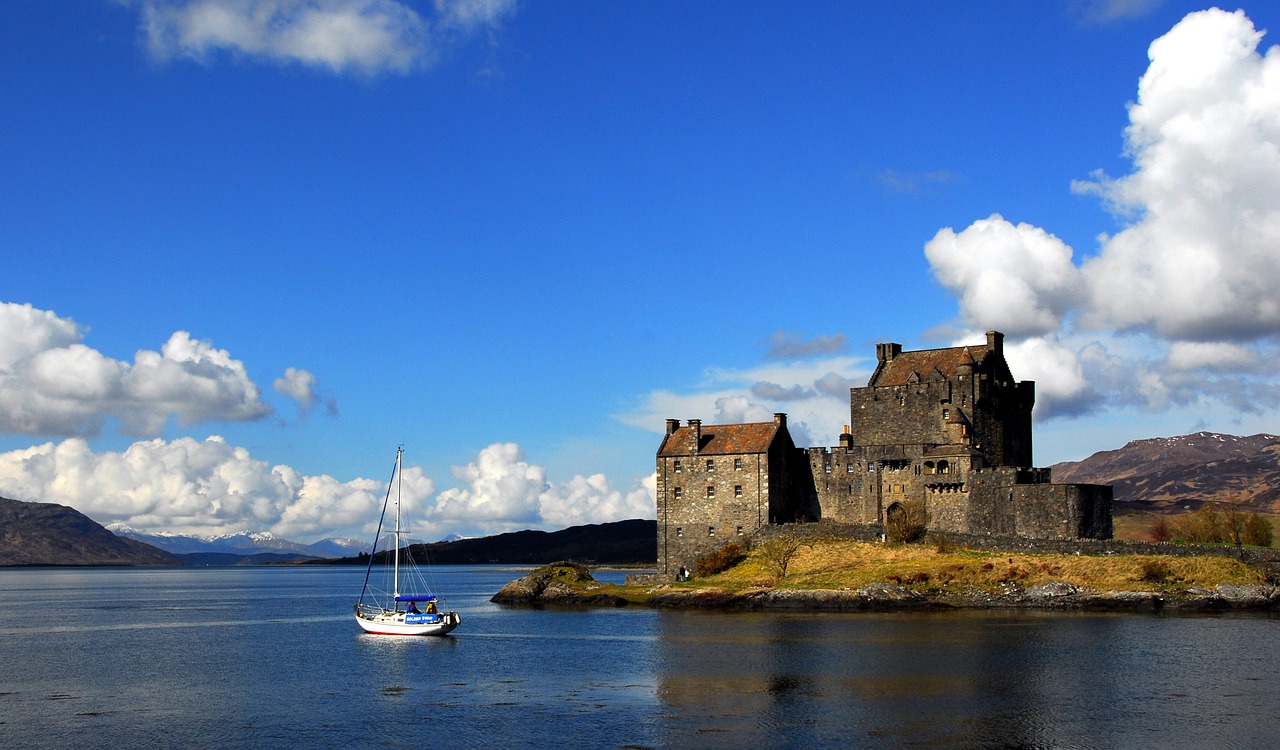
First-Footing Tradition
The is a cherished custom in Scotland, where the first person to cross the threshold of a home after midnight on New Year's Eve is believed to bring good fortune for the coming year. This tradition holds great significance, with the first-footer carrying symbolic gifts such as coal, shortbread, whisky, or salt, each representing different blessings for the household.
Historically, the ideal first-footer is a tall, dark-haired man, symbolizing prosperity and good luck. It is believed that if a fair-haired person enters the home first, it may bring misfortune for the year ahead. This tradition dates back centuries and is still observed in many Scottish households today, with families eagerly awaiting the arrival of their designated first-footer.
Upon entering the home, the first-footer offers greetings and well-wishes to the residents, symbolizing the sharing of joy and prosperity. The host then reciprocates by offering hospitality, often in the form of a dram of whisky to toast the new year. This exchange of gifts and blessings creates a sense of unity and goodwill, fostering a positive start to the year ahead.
While the first-footing tradition varies across different regions of Scotland, the underlying theme of spreading happiness and good fortune remains constant. It is a heartwarming custom that highlights the importance of community, generosity, and optimism as the new year begins.
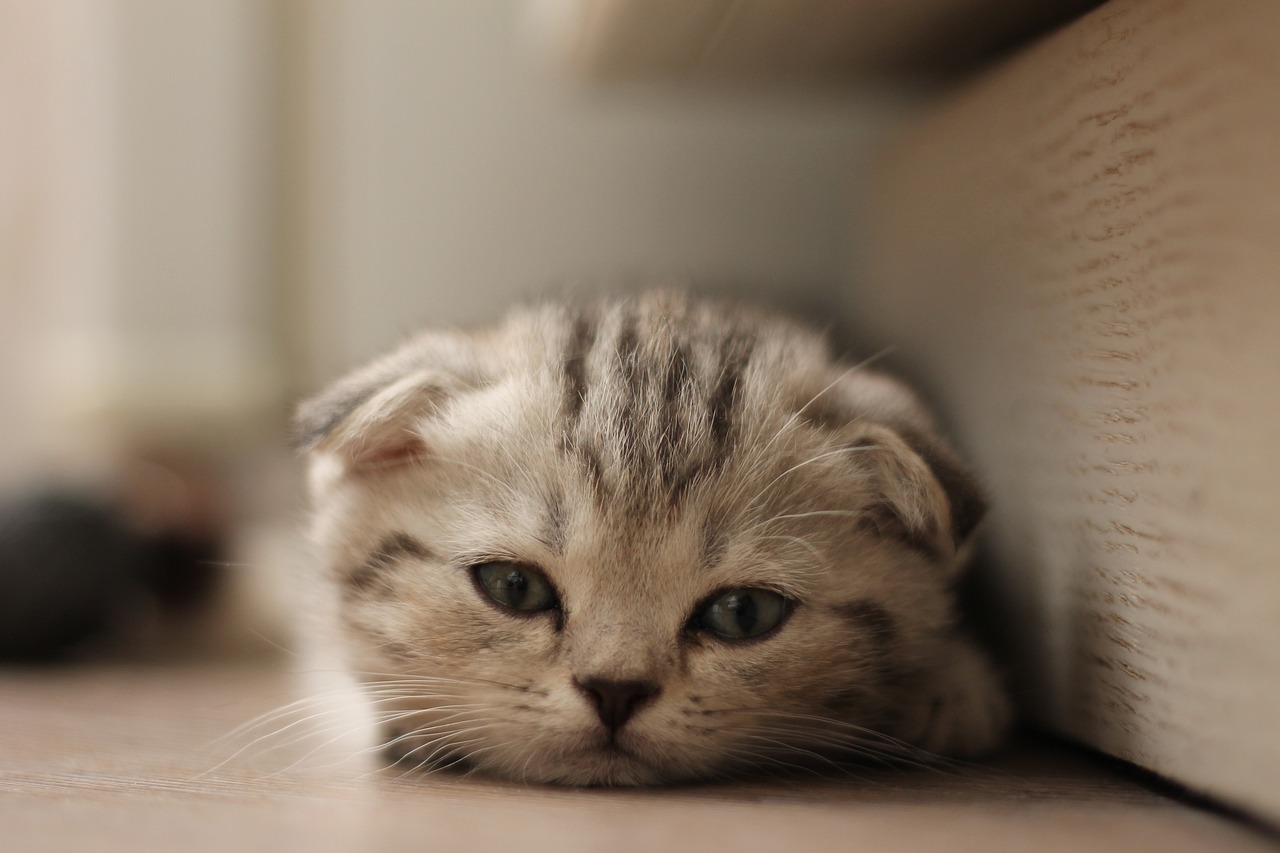
first-footing,
First-footing is a cherished Scottish tradition that takes place during the Hogmanay celebrations, marking the beginning of the new year with symbolic gestures of good luck and prosperity. The custom involves the first person to cross the threshold of a home after midnight on New Year's Eve, known as the "first-footer." This individual is believed to bring blessings for the household, and it is considered auspicious if the first-footer is a tall, dark-haired man.
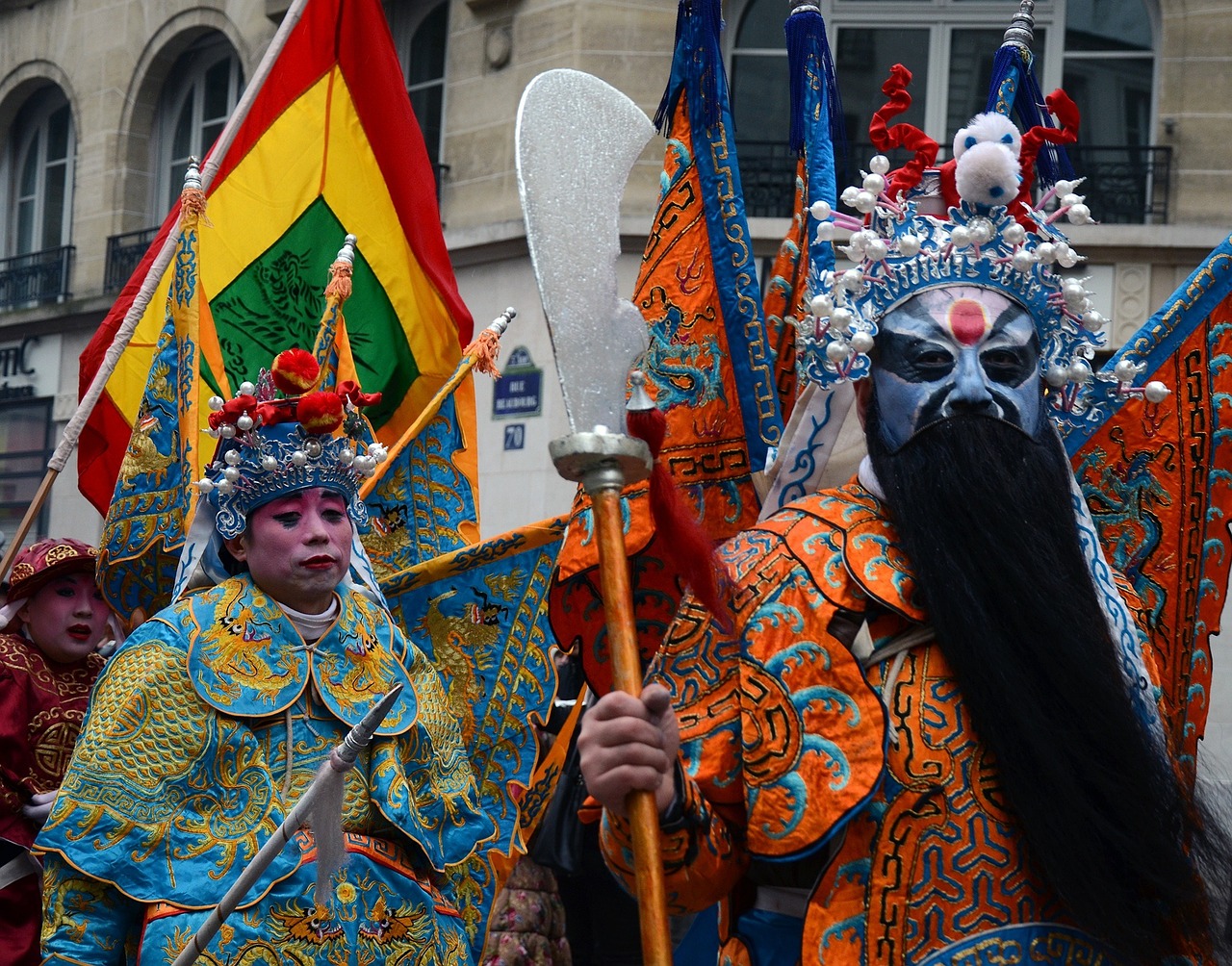
where the first person to enter a home after midnight brings symbolic gifts for good luck and prosperity in the new year.
Explore the fascinating traditions and rituals of Scotland's Hogmanay Festival, a vibrant New Year celebration filled with unique customs that have been passed down through generations.
Discover the ancient origins of Hogmanay, rooted in pagan winter solstice celebrations and influenced by Viking and Gaelic customs, shaping the festival's unique character.
Learn about the Scottish tradition of first-footing, where the first person to enter a home after midnight brings symbolic gifts for good luck and prosperity in the new year.
Experience the fiery spectacle of Scotland's Hogmanay fire festivals, such as the famous torchlight procession in Edinburgh, symbolizing the burning away of the old year's troubles.
Witness the ancient Stonehaven Fireball Ceremony, where locals swing blazing fireballs above their heads as they parade through the streets to ward off evil spirits and welcome the new year.
Dive into the icy waters of the Loony Dook Plunge, a quirky tradition where brave participants dress in eccentric costumes and take a refreshing dip in the sea on New Year's Day.
Join in the lively Hogmanay Ceilidh dances, traditional Scottish social gatherings featuring music, dancing, and revelry to celebrate the start of the new year with friends and family.
Discover the ancient saining rituals of Hogmanay, where people perform traditional blessings and purification ceremonies to ward off evil spirits and bring good fortune for the year ahead.
Immerse yourself in the vibrant atmosphere of Hogmanay street parties across Scotland, filled with music, fireworks, and joyous celebrations as communities come together to welcome the new year.
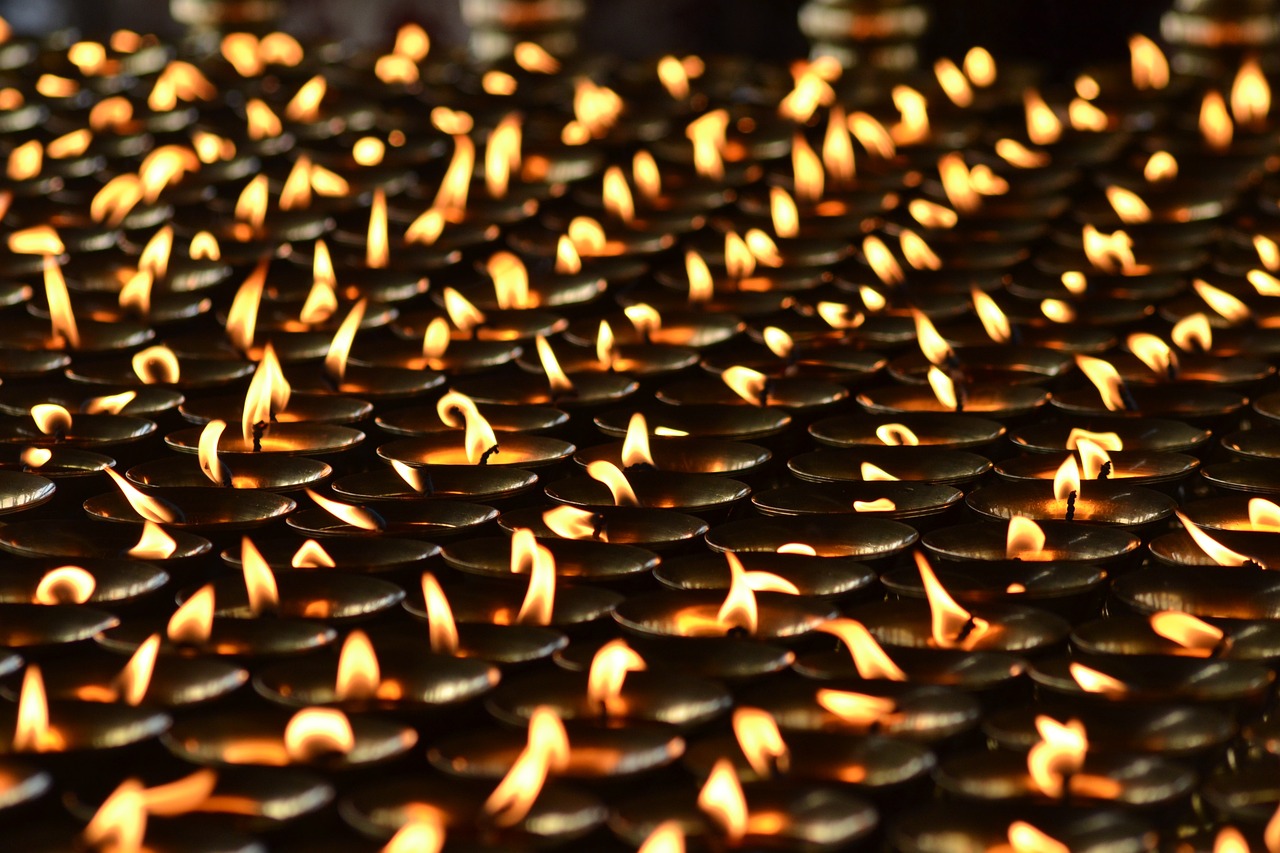
Fire Festivals
Fire Festivals are a central part of Scotland's Hogmanay celebrations, igniting the night sky with spectacular displays of flames and symbolism. These fiery events symbolize the burning away of the old year's troubles and the welcoming of a fresh start. Among the most renowned fire festivals is the torchlight procession held in Edinburgh, where a river of flickering torches winds through the city streets, creating a mesmerizing spectacle that captivates both locals and visitors alike.
Another notable fire festival during Hogmanay is the ancient Stonehaven Fireball Ceremony, a tradition that dates back centuries. During this unique event, participants swing flaming fireballs above their heads as they parade through the town, a mesmerizing sight that is believed to ward off evil spirits and bring good luck for the coming year. The rhythmic motion of the fireballs creates a hypnotic dance of light and heat, adding a touch of mystique to the festive atmosphere.
Fire Festivals during Hogmanay are not just about the visual spectacle but also about the communal spirit they foster. These events bring people together in a shared experience of warmth and light, symbolizing unity and hope for the future. The crackling flames and the warmth they provide serve as a beacon of optimism, guiding the way into the new year with renewed energy and determination.
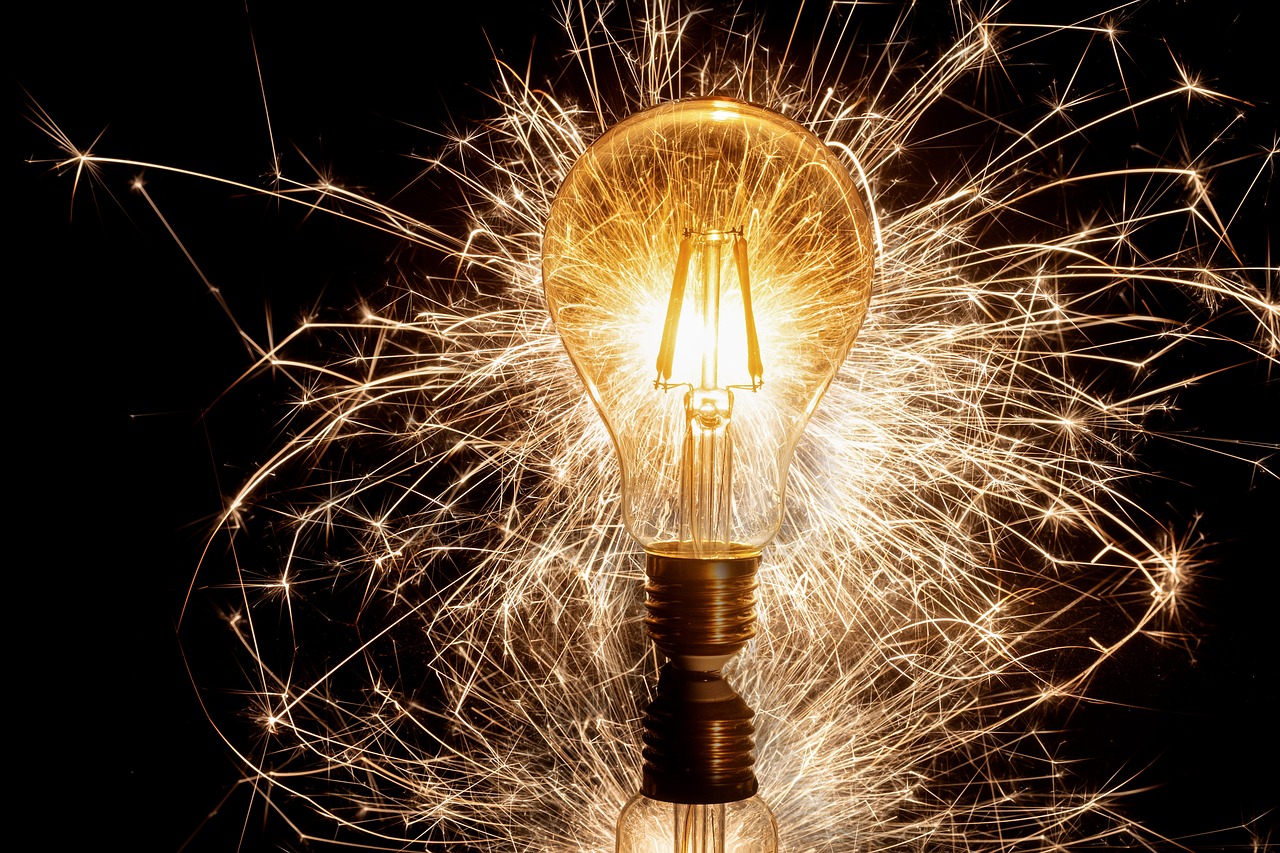
Stonehaven Fireball Ceremony
The Stonehaven Fireball Ceremony is a mesmerizing and ancient tradition that takes place in the quaint Scottish town of Stonehaven. As the clock strikes midnight on New Year's Eve, locals and visitors alike gather to witness a spectacular sight - participants swinging large, flaming fireballs above their heads as they parade through the streets. This unique ritual is believed to ward off evil spirits and bring good luck for the coming year.
The origins of the Stonehaven Fireball Ceremony are shrouded in mystery, with some tracing it back to pagan winter solstice celebrations. The symbolism of the fireballs represents the burning away of the old year's troubles, making way for a fresh start in the new year. The sight of the glowing orbs illuminating the night sky creates a magical and unforgettable experience for all who witness it.
Participants in the Stonehaven Fireball Ceremony undergo rigorous training to master the art of swinging the fireballs safely. Each fireball is carefully constructed using traditional materials, ensuring a mesmerizing display of sparks and flames as they are twirled through the air. The skill and dedication of the fireball swingers add to the awe-inspiring nature of the event.
As the procession winds its way through the streets of Stonehaven, the crackling of the fireballs and the cheers of the crowd create a vibrant and exhilarating atmosphere. Spectators are drawn in by the energy and excitement of the ceremony, feeling a sense of camaraderie and community as they welcome the new year together.
The Stonehaven Fireball Ceremony is not just a spectacle to behold; it is a symbol of resilience, tradition, and the enduring spirit of the Scottish people. In a world where ancient customs are fading away, this fiery tradition continues to burn bright, captivating hearts and minds with its raw beauty and elemental power.
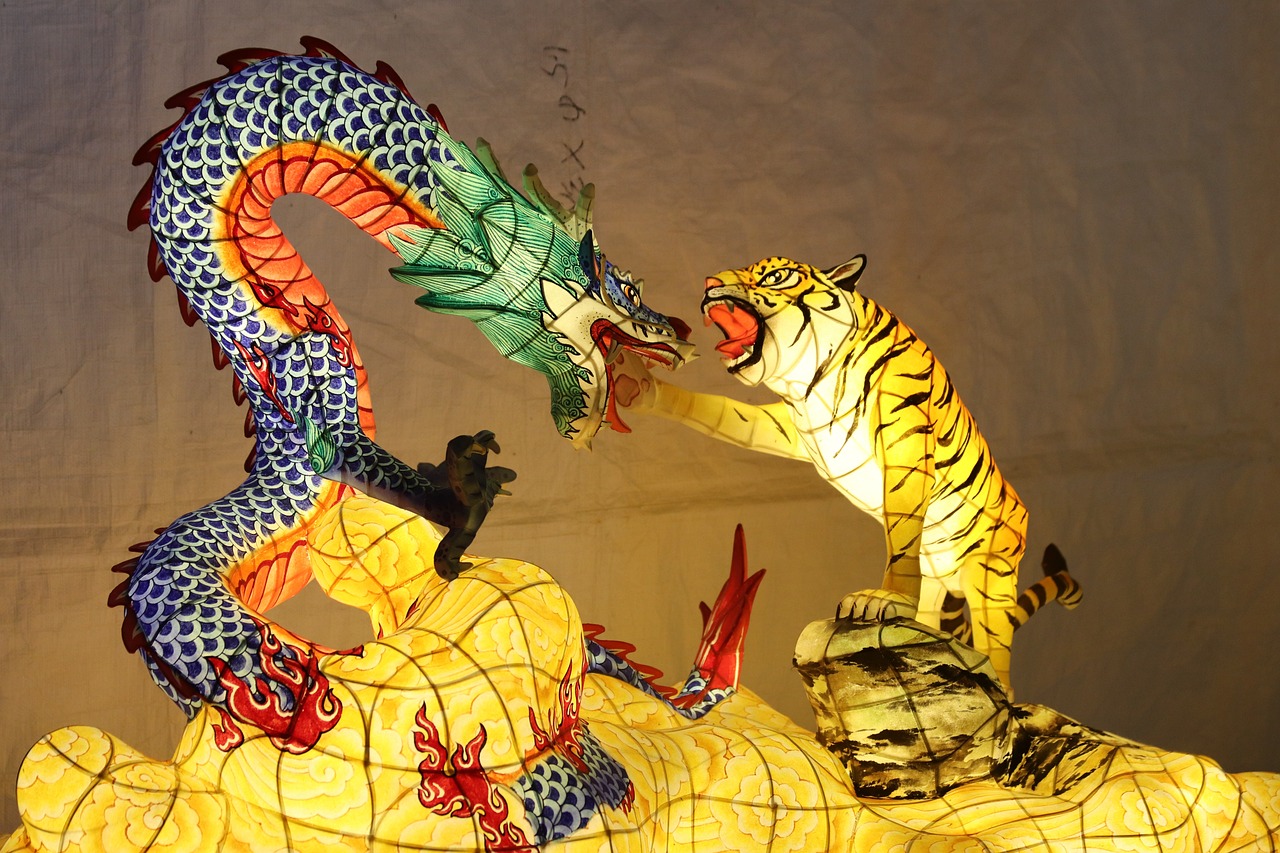
Loony Dook Plunge
The is a whimsical and invigorating tradition that adds a splash of fun to Scotland's Hogmanay Festival. Imagine a chilly New Year's Day morning, with the sun just beginning to rise over the horizon as brave participants gather at the water's edge, anticipation and excitement in the air. Dressed in all sorts of eccentric costumes, from superheroes to unicorns, they prepare to take the plunge into the icy waters.
As the countdown begins, the energy is palpable, a mix of nerves and exhilaration. With a cheer and a leap, they dive into the frigid sea, the shock of the cold water quickly awakening their senses. Laughter fills the air as they resurface, the shared experience creating bonds and memories that will last a lifetime.
The is not just about the thrill of the jump, but also about letting go of the past year's worries and embracing the new one with a sense of adventure and joy. It symbolizes a fresh start, a cleansing of the soul, and a celebration of life in all its quirky glory.
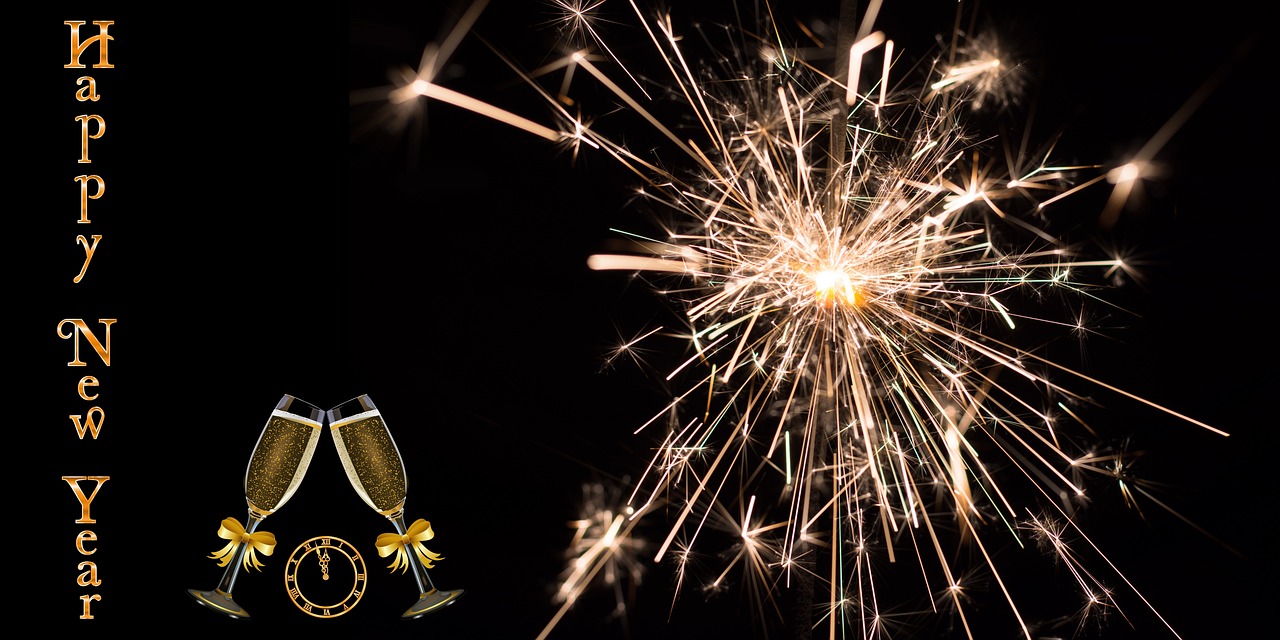
Hogmanay Ceilidh
The is a quintessential part of Scotland's New Year celebrations, bringing people together in a joyous display of music, dance, and merriment. Imagine a lively gathering where the sound of fiddles and bagpipes fills the air, and the energetic rhythms of traditional Scottish music set the stage for a night of revelry.
At a Hogmanay Ceilidh, participants of all ages join hands in intricate dances like the Gay Gordons and Strip the Willow, guided by experienced ceilidh callers who ensure everyone can take part in the fun. It's a time-honored tradition that embodies the spirit of community and camaraderie, where strangers become friends through shared laughter and dance.
Tables groan under the weight of hearty Scottish fare, from haggis and neeps to cranachan and shortbread, providing sustenance for the energetic dancing that can last well into the early hours of the morning. The Ceilidh is a time to let loose, celebrate the passing of the old year, and welcome the new one with open arms.
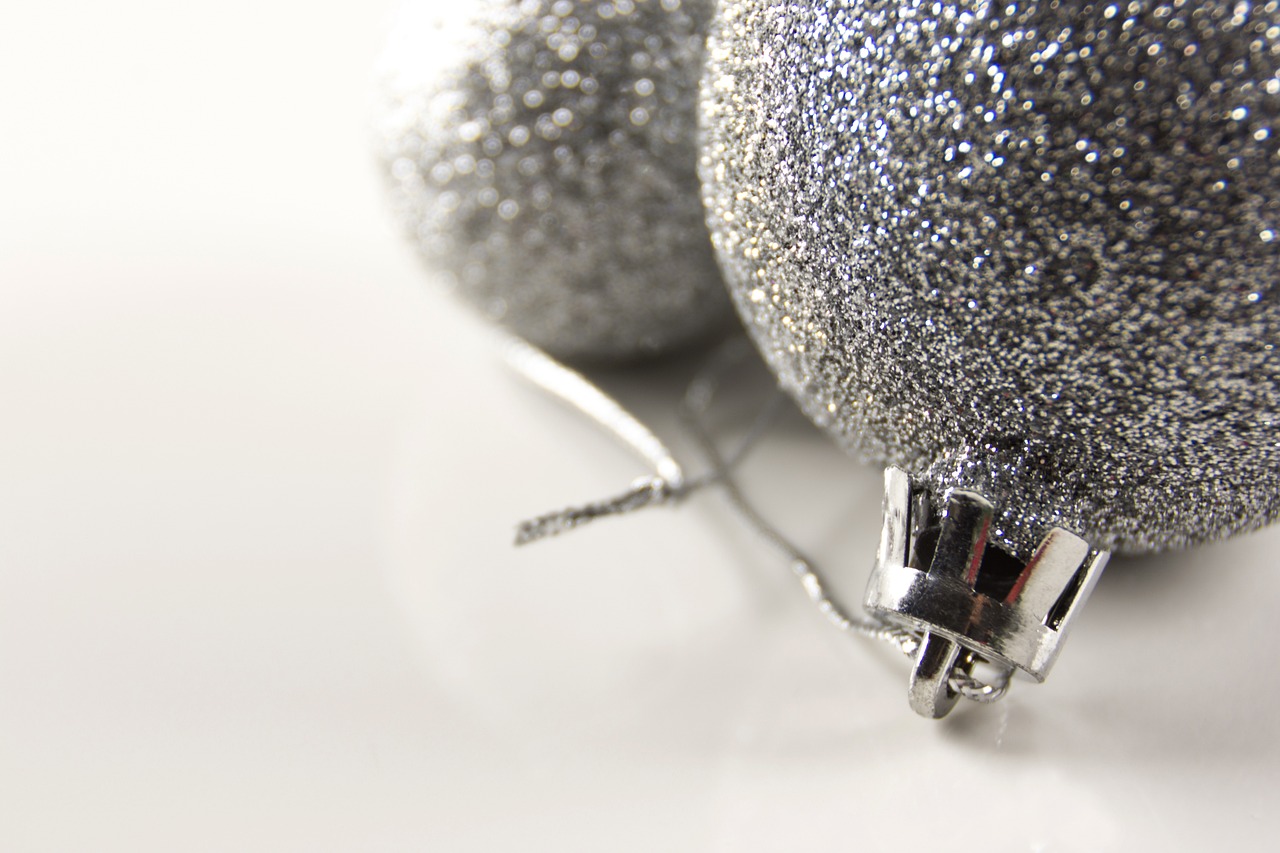
Saining Rituals
During the Hogmanay Festival in Scotland, the ancient play a significant role in welcoming the new year. These rituals are deeply rooted in Scottish folklore and tradition, aiming to ward off evil spirits and bring blessings for the year ahead. Saining involves the practice of purification ceremonies where individuals use symbolic elements like water, salt, and herbs to cleanse themselves and their surroundings.
One common saining ritual is the burning of juniper, where juniper branches are ignited and the smoke is spread throughout the house to purify the space. This ritual is believed to banish negative energy and invite positive forces for the new year. Additionally, some Scots may perform traditional blessings by reciting prayers or incantations to invoke protection and prosperity.
Participating in saining rituals during Hogmanay is not only a way to uphold centuries-old customs but also a means of connecting with Scottish heritage and embracing the spiritual essence of the festival. These rituals add a sense of mystery and magic to the New Year celebrations, creating a unique and enchanting experience for both locals and visitors alike.
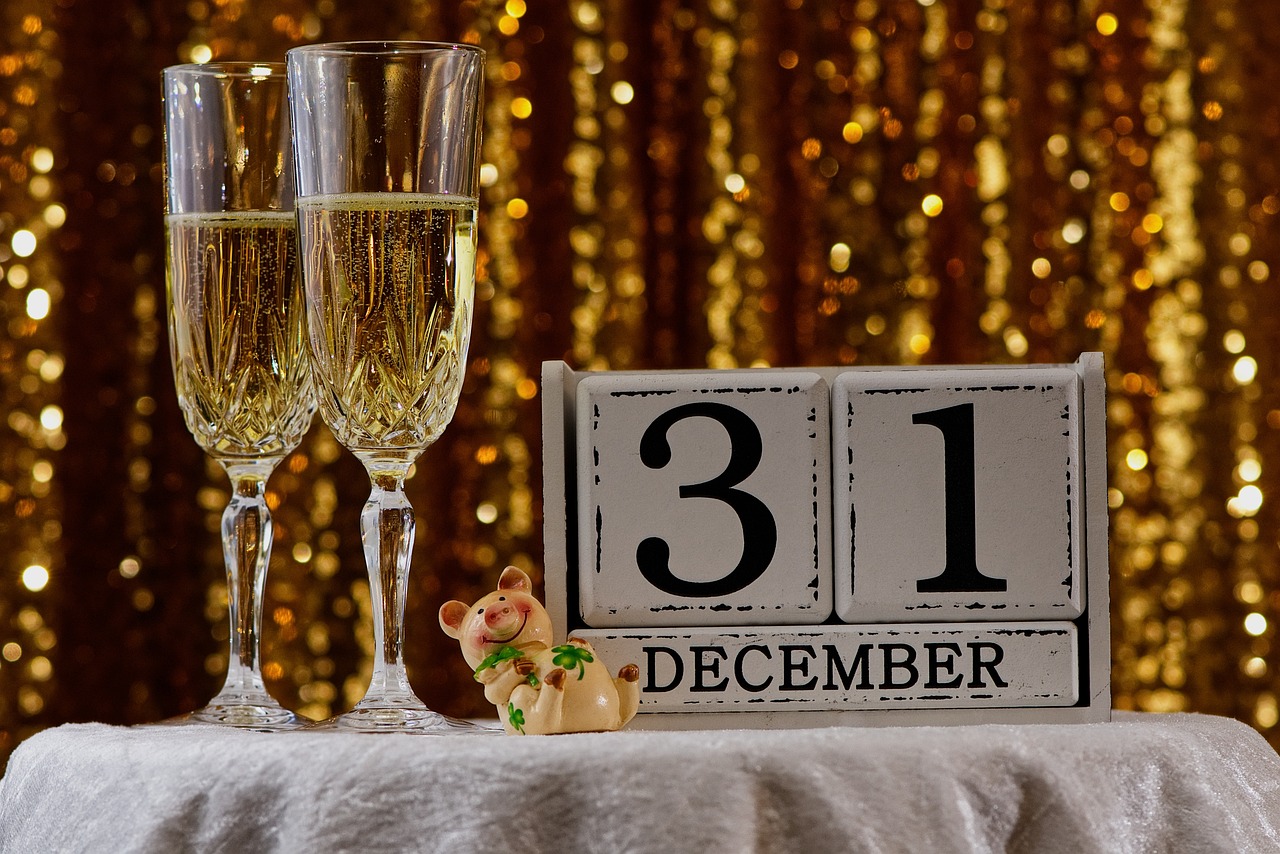
Hogmanay Street Parties
Hogmanay street parties are a quintessential part of Scotland's New Year celebrations, drawing locals and visitors alike to join in the festive atmosphere. These vibrant gatherings take place in cities and towns across Scotland, with each location offering its own unique twist on the traditional street party. From the bustling streets of Edinburgh to the charming villages in the Highlands, Hogmanay street parties are a lively showcase of Scottish culture and community spirit.
One of the highlights of Hogmanay street parties is the electrifying energy that fills the air as revelers come together to countdown to the stroke of midnight. Music fills the streets, fireworks light up the sky, and laughter and cheers echo through the night as people dance and celebrate the arrival of the new year with friends and strangers alike.
At these street parties, you can expect to find an array of entertainment options to suit every taste, from live music performances and traditional ceilidh dances to street performers and food stalls offering delicious Scottish delicacies. The festive spirit is contagious, and it's impossible not to get caught up in the joy and excitement of the celebrations.
Communities come together during Hogmanay street parties to share in the joy of the occasion, forging connections and creating memories that will last a lifetime. Whether you're a local looking to celebrate with your neighbors or a visitor eager to experience the magic of Scottish New Year traditions, Hogmanay street parties offer a warm and welcoming environment for all to enjoy.
Frequently Asked Questions
- What is the significance of the first-footing tradition?
The first-footing tradition in Scotland holds great significance as the first person to enter a home after midnight on New Year's brings symbolic gifts that are believed to bring good luck and prosperity for the coming year. It is a cherished custom that symbolizes hospitality and goodwill.
- What are Hogmanay street parties like?
Hogmanay street parties are vibrant celebrations held across Scotland to welcome the new year. They are filled with music, fireworks, and joyous gatherings where communities come together to celebrate. These street parties create a lively atmosphere and are a highlight of the Hogmanay festivities.
- Why is the Stonehaven Fireball Ceremony significant?
The Stonehaven Fireball Ceremony is a unique tradition where locals swing blazing fireballs above their heads as they parade through the streets. This ceremony is believed to ward off evil spirits and welcome the new year with purification and protection. It is a captivating spectacle that showcases the rich cultural heritage of Scotland.


